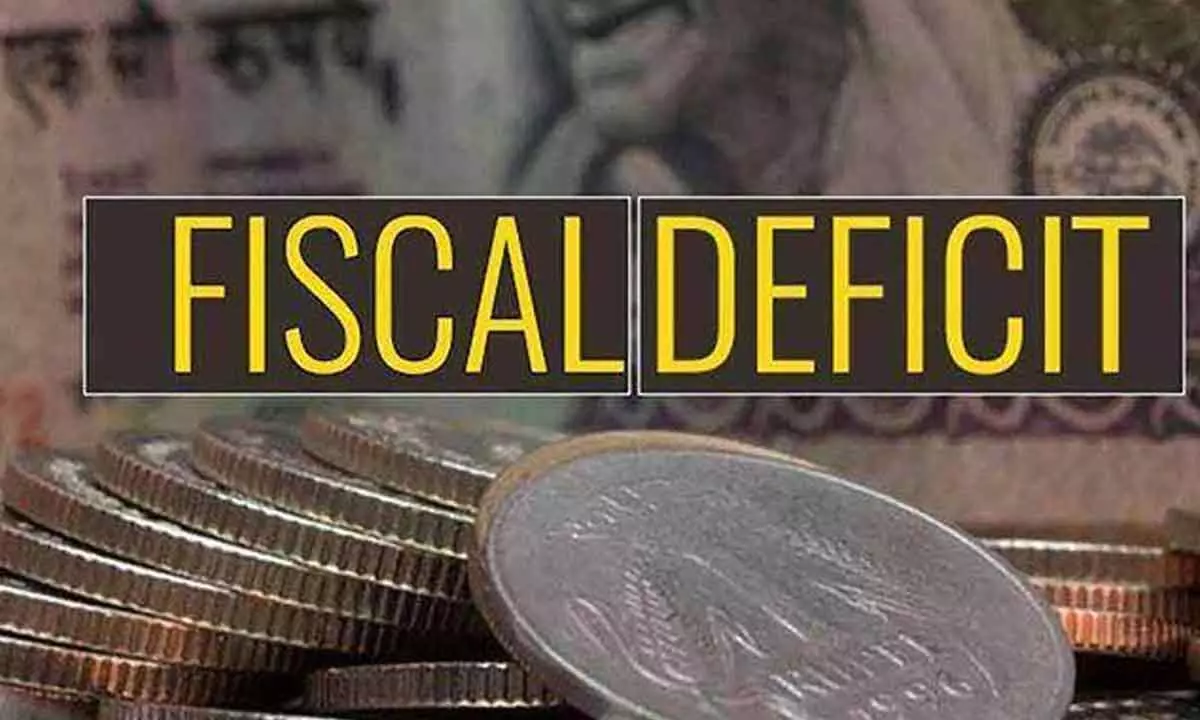A fall in fiscal deficit may take a year more
image for illustrative purpose

India may only see a fall in fiscal deficit in the next fiscal year. The advance estimates that have been released by NSO, peg the GDP growth in FY24 at 7.3 per cent, which, though is less than RBI’s seven per cent expectation is much higher than the analysts’ estimate of 6.5 per cent. Implicitly, the NSO expects the GDP growth to moderate to seven per cent in H2 from 7.7 per cent in H1. According to Ecowrap, a strong economy and buoyant tax revenues will let the government to reduce fiscal deficit by 40-50 bps from the current fiscal to 5.4-5.5 per cent of GDP in FY25. The growth assumed for H2, as per analysts, is quite high, given the tepid outlook for agriculture amidst the weak kharif output and ongoing lag in rabi sowing, as well as the likely slowdown in capex ahead of the General Elections. Icra believes that agri and construction GVA growth for H2 is likely to print lower than that estimated by NSO, which has pegged the nominal GDP growth at 8.9 per cent in the current fiscal, sharply lower than the 16.1 per cent seen in the year-ago period, with the deceleration largely on account of a turnaround in the WPI print to a deflation from an inflation in the previous year.
The robust corporate profits, leveraged consumption and deflator-related statistical boost duly pushed up H1 growth. Slowing of consumption, including private and government, as well as lower manufacturing output, are likely to drag growth, believes Emkay Global, even as capital spending could remain robust. Advance estimates are mainly done to help the government gauge the growth outlook and tax buoyancy ahead of the budget. They are an extrapolation of indicators available until November and are, thus, susceptible to revisions. The first advance estimate also has a short shelf life, as the second advance estimate will be released at the end of February together with Q3 data, while NSO will publish its revised estimates of national accounts for the previous three years by January-end, which will change the base year data as well.
From the supply side, this estimate implies a sharp slowdown in agriculture, with H2 at 1.4 per cent, while industry growth will pick up. However, H2 could see a slowdown for manufacturing, even as mining, electricity, and construction output is higher. The recovery momentum has generally been better than envisaged, led by factors like much-higher positive fiscal impulse and relatively lagging negative monetary impulse. The growth of services will be slow, led by trade, hotels, transport and communication, which also reflect the aforementioned slowdown in private consumption spending. Elsewhere on the expenditure side, the GFCF growth is estimated at 10.3 per cent for current fiscal, with a pick-up in H2, as the government’s capex push continues. Export growth is also likely to fall far more than imports, reflecting robust domestic demand amid weak external demand.

